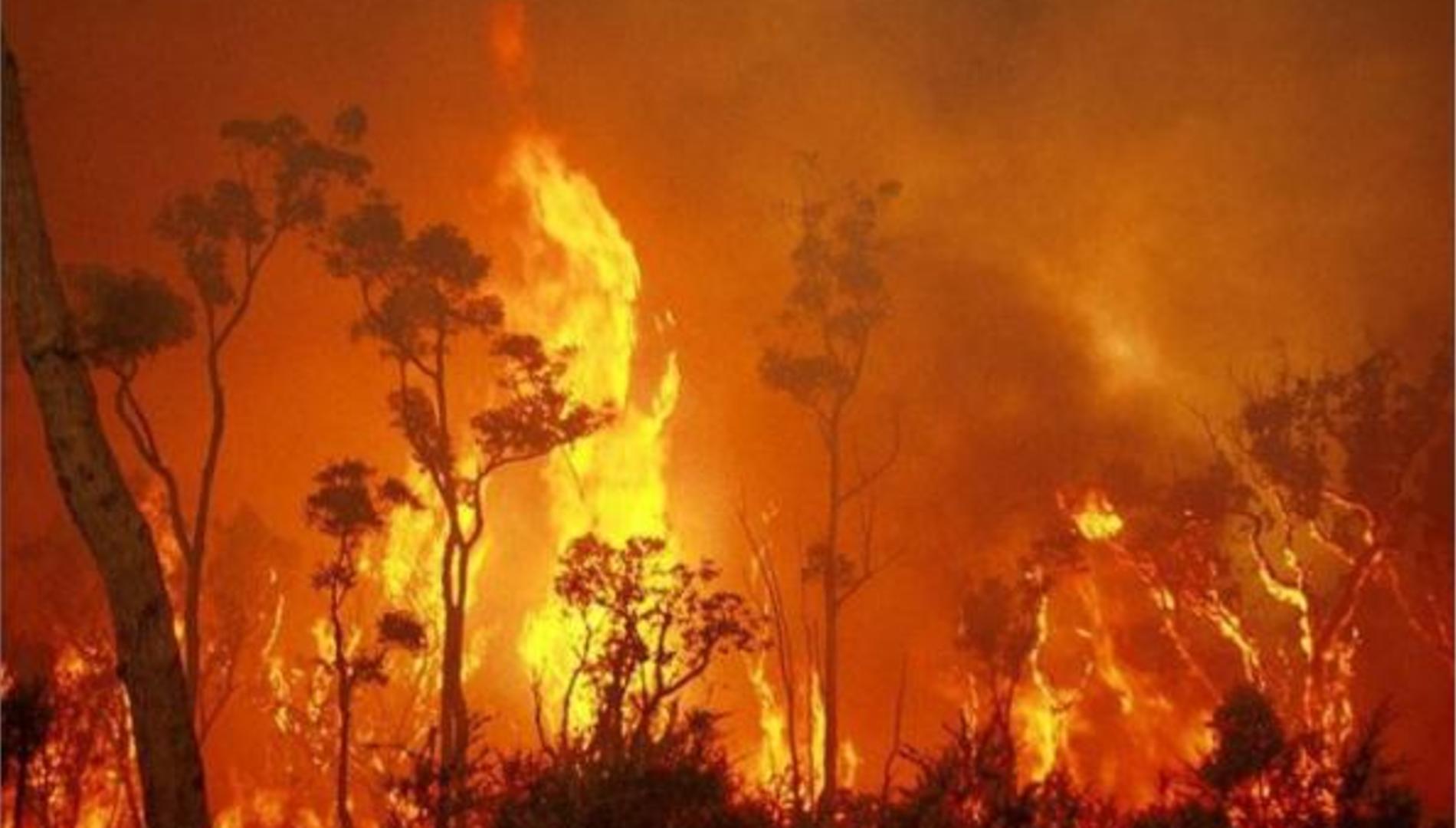Connecting communities with ecological restoration projects can achieve the dual goals of improving mental health and ecological recovery, with the Black Saturday fires offering some salient lessons on how we can heal in synergy with nature.
The Biophilia Hypothesis suggests humans have an innate affinity with nature. Specifically, humans are a part of, and have a need to, connect with nature. In this sense, a connection with nature tends to increase the general wellbeing of an individual, and their subsequent understanding of natural ecosystems.
Research focusing on natural disasters has built on this premise, arguing that community-based ecological restoration can support recovery and resilience. Engaging people affected by disaster in conservation activities has been found to enhance social wellbeing, and has led to long-term stewarding of local ecosystems.
Lessons from Black Saturday
The psychological impact of the Black Saturday fires is well-documented. While mental health has improved over time, rates in the worst-affected areas are still higher than the national average.
Research following the 2009 fires found that affective connection to the natural environment was associated with mental wellbeing, resilience, community attachment and post-traumatic growth. In other words, people affected by the bushfires reported emotional healing in synergy with nature.
One of the most powerful stories comes from Marysville, one of the worst-affected areas. In the immediate aftermath of the fires, it was discovered that a large amount of silt and ash had gone into the local creek, reducing water quality. The creek is home to the barred galaxias, one of Australia’s most endangered – and Victoria’s only endemic – freshwater fish. The water pollution from the fires affected the fish’s habitat and food sources. To save the species, a small proportion of the fish population was caught and relocated to the Arthur Rylah Institute research aquarium as a kind of “insurance” measure.
Many Marysville residents strongly related to the journey of the fish. Like the residents whose homes required rebuilding, the fish were displaced by the fires and were unable to return until it was safe to do so. The synergy of the shared human-nature journey supported strong attachment to the threatened fish.
The local community joined conservation activities to “rebuild” a safe environment for the fish to return to. To mark their efforts, a local parade of painted “fish on sticks” wound through the town and ended at the stream, where people temporarily “planted” the sticks in the water as an art installation, effectively saying, “The fish are back and so are we!”.

Saving the barred galaxias led to reports of improved psychological wellbeing, suggesting that healing was entwined in the ecological and community recovery. The residents' engagement in saving the fish led to ongoing advocacy for local conservation management and wider environmental issues.
The Marysville fish recovery is one example of a coordinated partnership between state government authorities and the local community to enable affective connection to nature.
More broadly, it’s been shown that engaging in conservation activities following the bushfires led to multiple health and social benefits, and greater understanding and care of natural ecosystems.
So, 11 years on, is there a way this learning can be applied at scale to maximise community and ecosystem recovery in 2020?
Enabling human/nature recovery
Effective disaster recovery requires collaboration across government agencies, organisations and communities. But this doesn’t happen spontaneously. Government and organisations must identify the mechanisms that enable collective efforts and easy information exchange between stakeholders.
Having people who are communicable and able to implement an appropriate delivery strategy can support community engagement. Understanding and accommodating the diverse characteristics of target communities and individuals’ different positions on a recovery spectrum can enable interventions to adapt to local needs and become community-led.
A connection with nature tends to increase the general wellbeing of an individual, and their subsequent understanding of natural ecosystems.
Federal Minister for Health Greg Hunt has committed $76 million to support psychological services following the current bushfire crisis, which includes small community grants for activities. Meanwhile, Minister of the Environment Sussan Ley has committed $50 million to emergency wildlife and habitat recovery.
If fund managers can coordinate efforts across agencies, resources can be used to address both mental health and ecological recovery.
To date there has been limited research on entwined ecological and community renewal following the bushfires in Australia. There’s currently an opportunity to investigate community-based ecological restoration that can inform future bushfire recovery plans.









